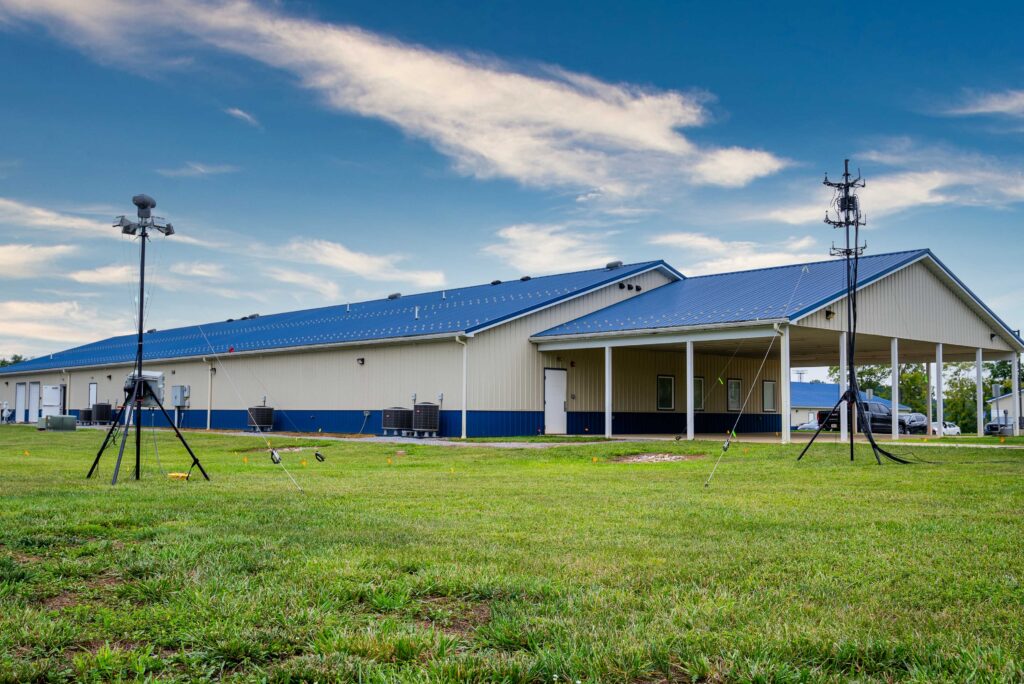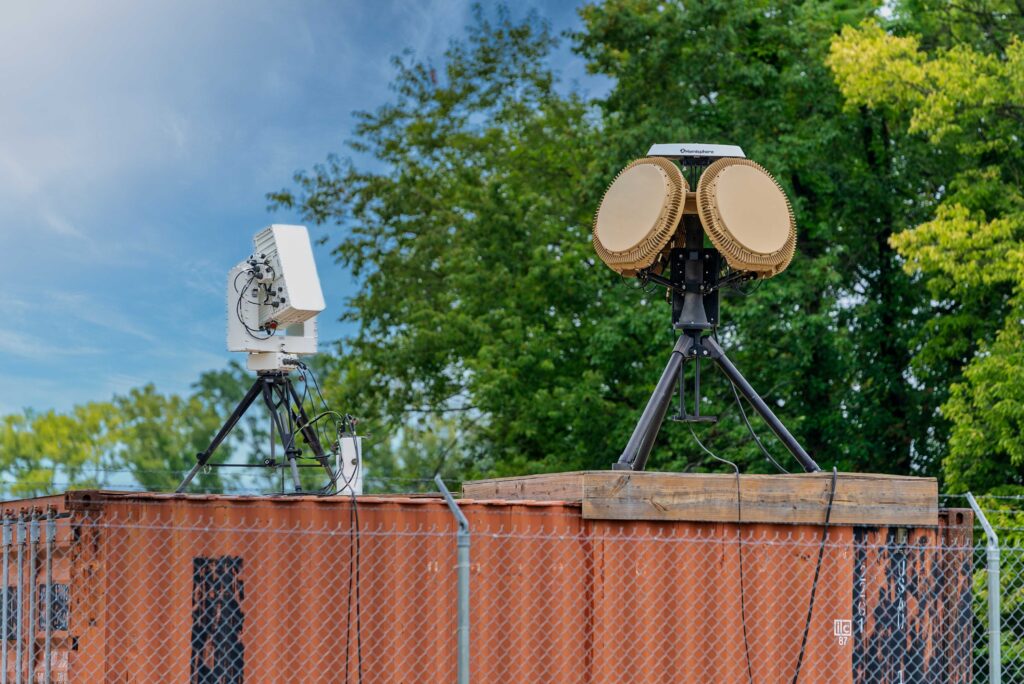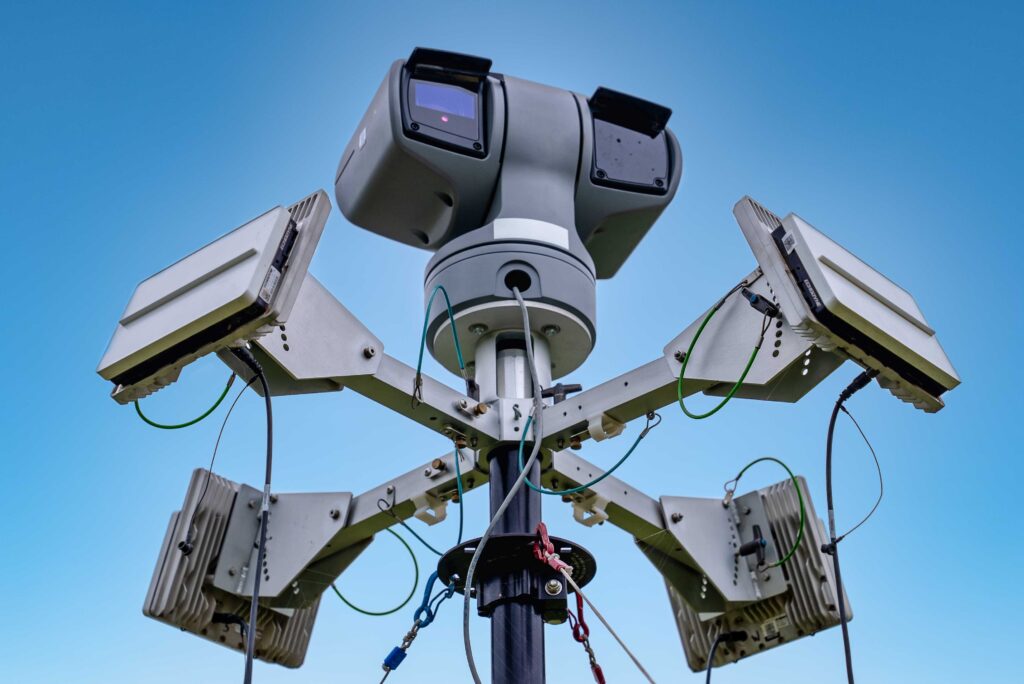The proliferation of consumer and military drones, or unmanned aerial systems (UAS), presents challenges across the entire spectrum of our customers. Still, our experts, technology, infrastructure, and partnerships converge at the Counter-UAS Center of Excellence, enabling us to deliver innovative solutions that equip our customers to face these challenges successfully.
Base commanders responsible for security, aviation authorities, utility operators, law enforcement, and others with security and infrastructure responsibilities all confront challenges arising from intentional actors seeking to cause damage or exploit a situation and careless or clueless actors who, although not intending to cause issues, present risks to people and infrastructure. Detecting, tracking, identifying, and mitigating these threats is a constant battle that requires agile solution development and extensive testing and validation, which is why the Center’s key location and expanding footprint and capabilities make our team the ideal C-UAS solutions provider.
Key Location

At our Counter-Unmanned Aerial Systems (C-UAS) Center of Excellence, located in Summit Point, West Virginia, innovation begins with the unique location of our facility. One hour from the Washington, D.C. area and beyond national capital region drone flight restrictions, the Center is remote enough to allow for testing and integration of radar and radio frequency (RF) detection and mitigation capabilities. This location enables our team and our partners to integrate and test solutions without the scheduling and logistics challenges associated with using one of the national ranges. By combining the test and integration facilities in a common location, our engineers can rapidly iterate on solutions to some of the unique challenges of C-UAS and present them to customers.
Expanding Footprint To Expand Solutions
There is no “one size fits all” solution to the C-UAS challenges faced by our customers. The combination of different threats and differences in mission, environment, and customer authorities, combined with the rapid evolution of UAS and C-UAS technologies, requires a flexible “system of systems” approach to developing solutions. Expanding the C-UAS Center of Excellence with a second integration and test range and a Technology Integration Center (TIC) that includes the modeling and simulation capabilities of our Digital Threat, Testing, and Training Environment (DT3E) meets this need.
New Integration and Test Range

The new integration and test range will support both the C-UAS mission and a broader installation and perimeter security mission with the ability to install, integrate, and test a variety of sensors, including ground vibration, tethered drones for aerial surveillance, and specialized cameras for intruder detection. We can also operate Group 1 and Small Group 2 UAS, along with both manned and unmanned ground vehicles and human elements against a variety of C-UAS sensors and effectors including radars, cameras, and RF sensors from both Parsons and current and future strategic vendor partners. The new range will support the integration and testing of novel UAS and UGS sensors being developed by our team for missions including search and rescue, surveillance, perimeter security, and access control.
Technology Integration Center

The TIC includes a state-of-the-art command center and a micro manufacturing and integration lab. The command center will have access to data from sensors on the range and the digital twin simulated sensors from our DT3E capability. The simulated digital environment enables us to model actual installations for planning and CONOPS/TTP development, operator training, and system familiarization in the context of actual deployed environments. In addition, the center’s software development and integration capabilities will be used to continue expanding both our sensor integration and advanced multi-modal AI/ML-based object detection, classification, and tracking capabilities. The micro-manufacturing facility will enable us to continue the development and production of specialized UAS and vehicle payloads for our customers.
The flexibility of the Summit Point location combined with our infrastructure investments enables our team to stay at the forefront of C-UAS technology innovation and to develop and integrate unique solutions to meet the distinct needs of our customers.